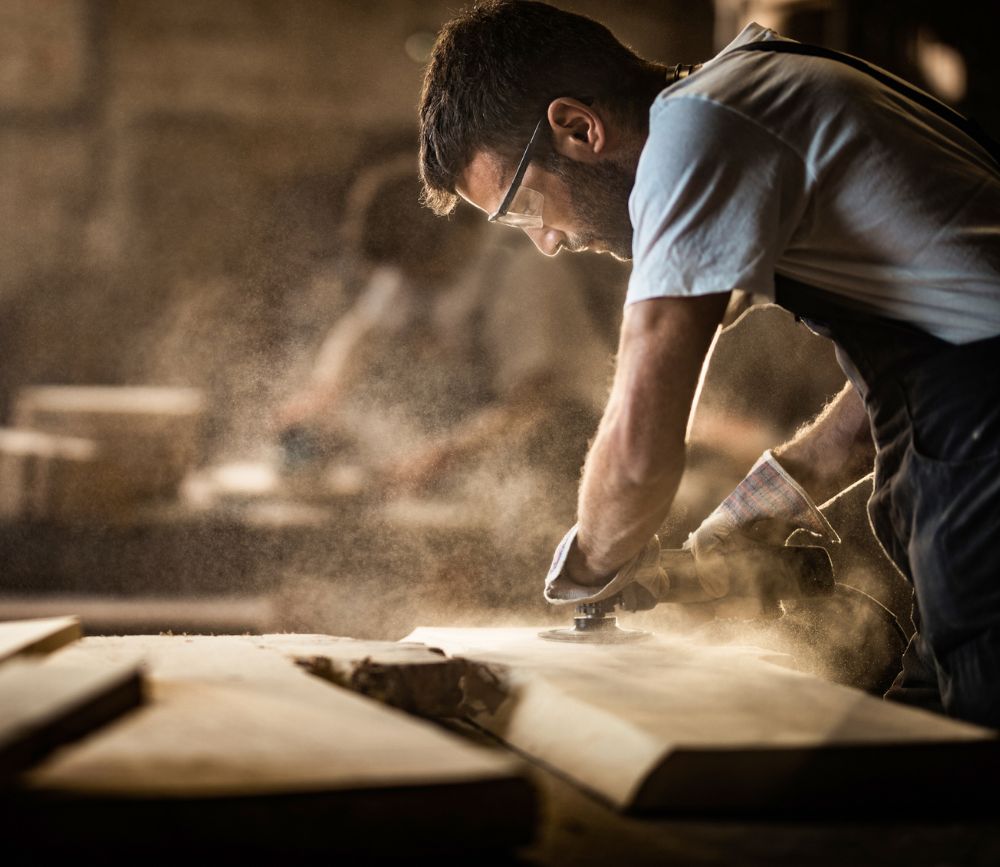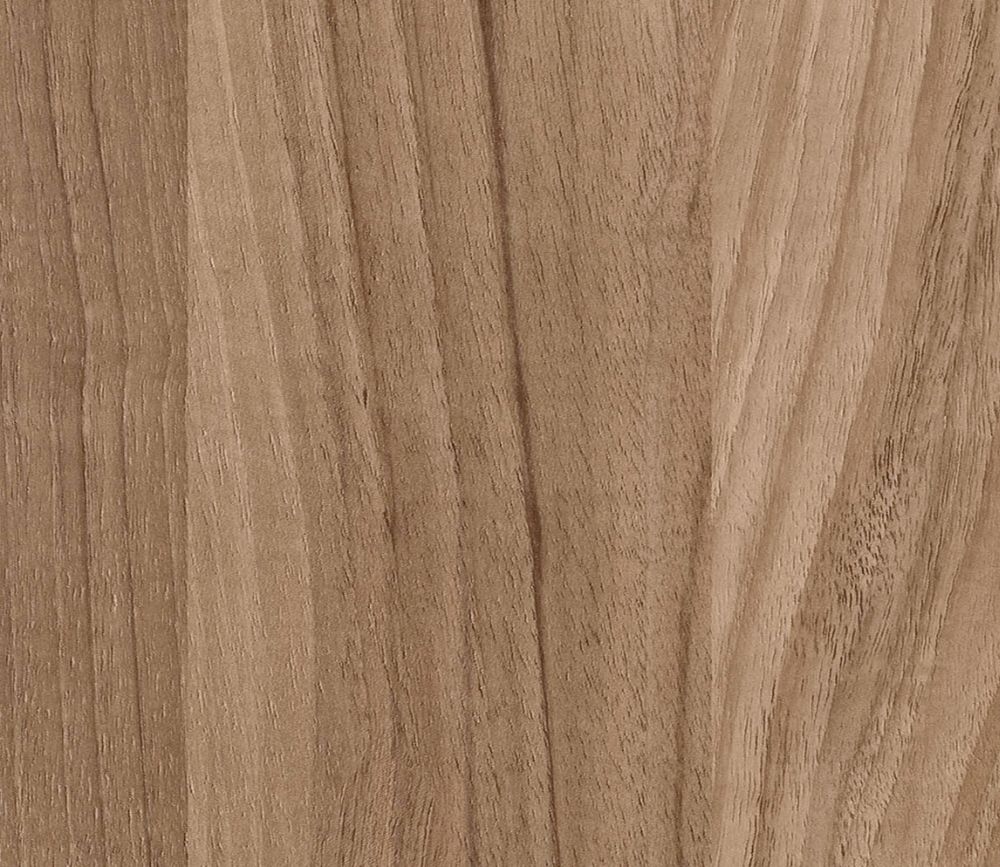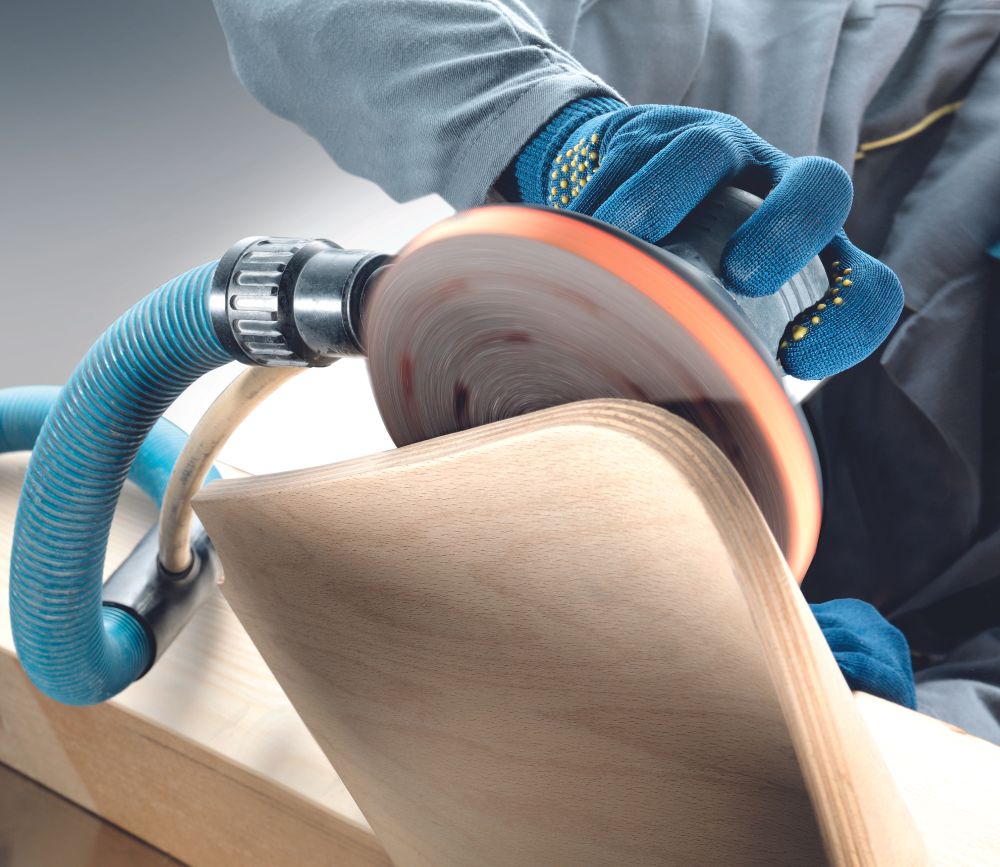Woodworking requires precision, attention to detail, and the right tools to create beautiful and functional pieces. Abrasives play a crucial role in achieving the desired level of precision in woodworking projects. Whether it’s preparing surfaces, shaping contours, or achieving a smooth finish, selecting the right abrasives, and using them correctly can make a significant difference. In this article, we will explore how abrasives contribute to precision in woodworking and provide tips for achieving exceptional results.
Surface Preparation
Proper surface preparation is essential for woodworking projects. Abrasives like sandpaper and sanding blocks are used to remove imperfections, such as scratches, dents, or previous finishes. Starting with a coarser grit and progressing to finer grits ensures a smooth and even surface, enhancing the overall precision of the project. Careful surface preparation allows for better adhesion of finishes, paints, or stains, resulting in a flawless result.
Shaping & Contouring
Abrasives play a vital role in shaping and contouring wood. Tools like files, rasps, and abrasive discs are used to sculpt and refine wood surfaces, achieving intricate shapes and contours. These abrasives allow woodworkers to achieve precise angles, curves, and details, bringing their creative visions to life. By carefully removing wood material with abrasives, woodworkers can ensure the precise execution of their designs.

Surface Preparation
Proper surface preparation is essential for woodworking projects. Abrasives like sandpaper and sanding blocks are used to remove imperfections, such as scratches, dents, or previous finishes. Starting with a coarser grit and progressing to finer grits ensures a smooth and even surface, enhancing the overall precision of the project. Careful surface preparation allows for better adhesion of finishes, paints, or stains, resulting in a flawless result.
Shaping & Contouring
Abrasives play a vital role in shaping and contouring wood. Tools like files, rasps, and abrasive discs are used to sculpt and refine wood surfaces, achieving intricate shapes and contours. These abrasives allow woodworkers to achieve precise angles, curves, and details, bringing their creative visions to life. By carefully removing wood material with abrasives, woodworkers can ensure the precise execution of their designs.


Sanding for Smoothness
Sanding is a fundamental step in woodworking to achieve a smooth and refined finish. Abrasives like sandpaper, sanding sponges, and abrasive discs are used to eliminate visible scratches, tool marks, and irregularities on wood surfaces. Starting with coarser grits and progressing to finer grits gradually refines the surface, resulting in a polished and professional look. Proper sanding not only enhances the aesthetic appeal but also ensures a splinter-free and comfortable product.
Controlling Wood Grain
Wood grain direction plays a crucial role in woodworking projects, impacting the appearance and overall precision of the piece. Abrasives are utilized to control and work with the wood grain effectively. For example, when sanding, sanding along the grain helps maintain a consistent surface, minimizing the risk of tear-outs or uneven results. Additionally, using abrasive techniques like sanding with a block or following the contours of the wood ensures uniformity and precision.
Sanding for Smoothness
Sanding is a fundamental step in woodworking to achieve a smooth and refined finish. Abrasives like sandpaper, sanding sponges, and abrasive discs are used to eliminate visible scratches, tool marks, and irregularities on wood surfaces. Starting with coarser grits and progressing to finer grits gradually refines the surface, resulting in a polished and professional look. Proper sanding not only enhances the aesthetic appeal but also ensures a splinter-free and comfortable product.
Controlling Wood Grain
Wood grain direction plays a crucial role in woodworking projects, impacting the appearance and overall precision of the piece. Abrasives are utilized to control and work with the wood grain effectively. For example, when sanding, sanding along the grain helps maintain a consistent surface, minimizing the risk of tear-outs or uneven results. Additionally, using abrasive techniques like sanding with a block or following the contours of the wood ensures uniformity and precision.

Finishing Touches
Achieving precision in woodworking goes beyond shaping and sanding. Abrasives also play a role in the final finishing touches. Abrasive pads, steel wool, or micro-mesh abrasives are used to achieve a polished and smooth surface before applying finishes, stains, or varnishes. These abrasives help eliminate any remaining imperfections, ensuring a flawless and professional result.
Tool Maintenance
In woodworking, maintaining the sharpness and precision of cutting tools is crucial for achieving precision in every project. Abrasives like sharpening stones or honing guides are used to maintain the cutting edges of tools like chisels, planes, and gouges. Regular tool maintenance with abrasives ensures optimal performance, clean cuts, and precise shaping, allowing woodworkers to achieve the desired level of precision in their work.

Finishing Touches
Achieving precision in woodworking goes beyond shaping and sanding. Abrasives also play a role in the final finishing touches. Abrasive pads, steel wool, or micro-mesh abrasives are used to achieve a polished and smooth surface before applying finishes, stains, or varnishes. These abrasives help eliminate any remaining imperfections, ensuring a flawless and professional result.
Tool Maintenance
In woodworking, maintaining the sharpness and precision of cutting tools is crucial for achieving precision in every project. Abrasives like sharpening stones or honing guides are used to maintain the cutting edges of tools like chisels, planes, and gouges. Regular tool maintenance with abrasives ensures optimal performance, clean cuts, and precise shaping, allowing woodworkers to achieve the desired level of precision in their work.

Abrasives are indispensable tools for achieving precision in woodworking projects. From surface preparation and shaping to sanding and finishing touches, the right selection and use of abrasives contribute to the overall quality and precision of the final piece. By employing the appropriate abrasives and following recommended techniques, woodworkers can achieve exceptional results, bringing their creative visions to life with the utmost precision and craftsmanship.
















